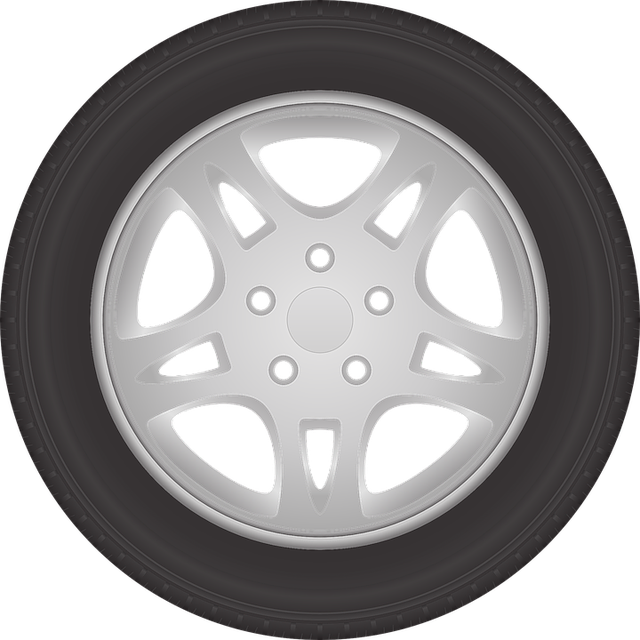“Unraveling the process of registering your car in California can seem daunting, but with the right guide, it becomes a smooth journey. This article is designed to walk you through every step, from understanding the basics to securing your plate. We’ll delve into crucial aspects like VIN verification, essential documents required, and choosing the appropriate broker or county office. By following these straightforward steps, you’ll be navigating California’s car registration process like a pro in no time.”
- Understanding the California Car Registration Process
- Gather Required Documents for VIN Verification
- Performing Vehicle Identification Number (VIN) Check
- Choose a Registered Broker or County Office
- Complete Registration and Receive Your Plate
Understanding the California Car Registration Process

Understanding the California Car Registration Process
Registering a car in California involves several key steps to ensure your vehicle is legally operating on state roads. The process begins with gathering essential documents, including proof of ownership and insurance. Once these are in order, the next crucial step is VIN (Vehicle Identification Number) verification. This is where a mobile vin inspection or a vin inspection service comes into play, ensuring that the VIN provided matches the one on the vehicle’s documents. In California, this verification is mandatory to issue a registration certificate.
After successful VIN verification, you can proceed with visiting a California Department of Motor Vehicles (DMV) office or using their online services to complete the registration. This includes paying the required fees and passing any necessary inspections. Having a mobile vin verifier on hand can streamline this process by making the initial check faster and more convenient, allowing you to focus on the subsequent administrative tasks with greater ease.
Gather Required Documents for VIN Verification

Before registering your car in California, you’ll need to gather several key documents for VIN (Vehicle Identification Number) verification. This process is a crucial step in ensuring that your vehicle meets all legal requirements before hitting the roads. One essential document is the certificate of title, which proves ownership and must be presented during registration. Additionally, you’ll require valid identification, such as a driver’s license or state-issued ID card.
For a seamless VIN verification process, consider using a mobile vin verifier service. These services offer convenient, on-demand mobile vin inspections, allowing you to complete the necessary paperwork quickly and efficiently. By leveraging technology, you can streamline this step, ensuring your car registration in California goes smoothly without any delays or complications.
Performing Vehicle Identification Number (VIN) Check

Before you register your car in California, performing a Vehicle Identification Number (VIN) check is crucial. This step ensures that your vehicle’s history is clear and helps verify its authenticity. A VIN inspection involves cross-referencing the unique 17-character code with various databases to gather important information such as previous ownership, accident history, and outstanding liens. In California, you can conduct this vin verification through several means, including a mobile vin inspection service that provides instant results online.
By utilizing these modern tools like mobile vin verification or a mobile vin inspection app, the process becomes more efficient and accessible. This allows you to complete your VIN check conveniently from anywhere, ensuring you have all the necessary data before heading to the California Department of Motor Vehicles (DMV) for registration.
Choose a Registered Broker or County Office

When it comes to registering your car in California, choosing the right broker or county office is a key step in the process. These entities play a crucial role in ensuring that all necessary documents are in order and that your vehicle’s VIN (Vehicle Identification Number) is properly verified. A registered broker or county office will handle the backend paperwork, including conducting a thorough vin inspection to confirm the vehicle’s authenticity and history.
Opting for a professional service, such as a registered broker or utilizing mobile vin verification options, streamlines the registration process. They often offer convenient mobile vin inspection services, allowing you to get your car registered without the hassle of visiting an office. This not only saves time but also ensures that any potential issues with the vehicle’s history are identified early on, making the registration experience smoother and more reliable.
Complete Registration and Receive Your Plate

Once you’ve gathered all the necessary documents and passed the smog test, it’s time to complete your car’s registration process and receive its unique license plate. This involves a few simple steps. First, ensure your vehicle meets all safety standards and environmental regulations by having it inspected at an official DMV location or through a mobile vin verifier. After verification, you’ll need to fill out the registration application, providing details about your vehicle, personal information, and payment for the registration fee.
The staff will then process your application, cross-referencing the provided information with their records. Upon approval, they’ll issue your car’s license plate, which should bear a distinctive California identifier. You can choose to display this plate on your vehicle, completing your registration process successfully. As an alternative, some mobile vin inspection services offer convenient on-site registration completion, ensuring a swift and hassle-free experience for residents who prefer a more efficient approach.
Registering a car in California involves several straightforward steps, from gathering essential documents to completing the VIN verification process. By understanding each stage, you can ensure a smooth registration experience. Choose a convenient registered broker or county office, and soon you’ll be cruising the highways with a fresh set of plates, knowing your vehicle is legally registered and ready for the road.
